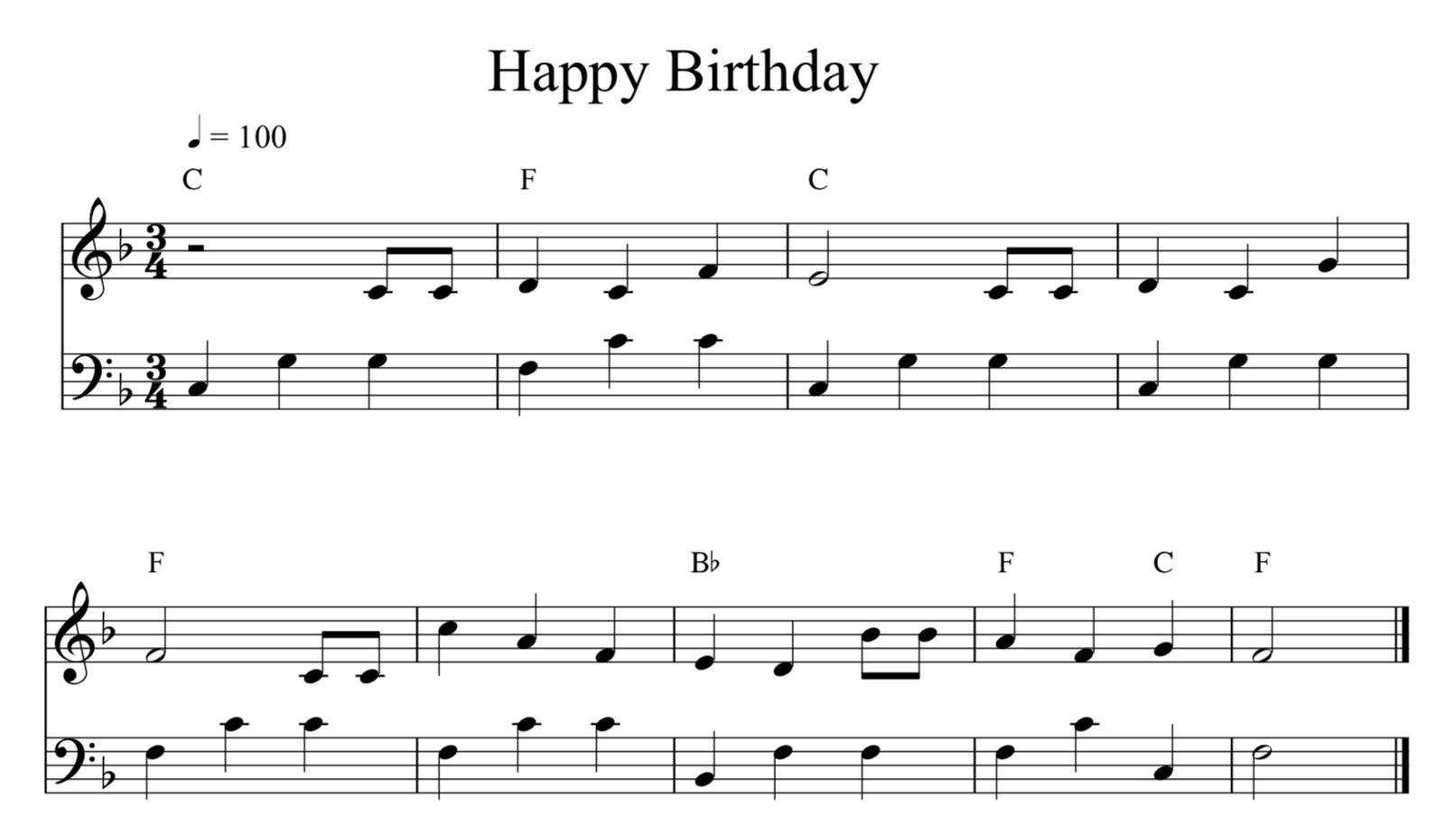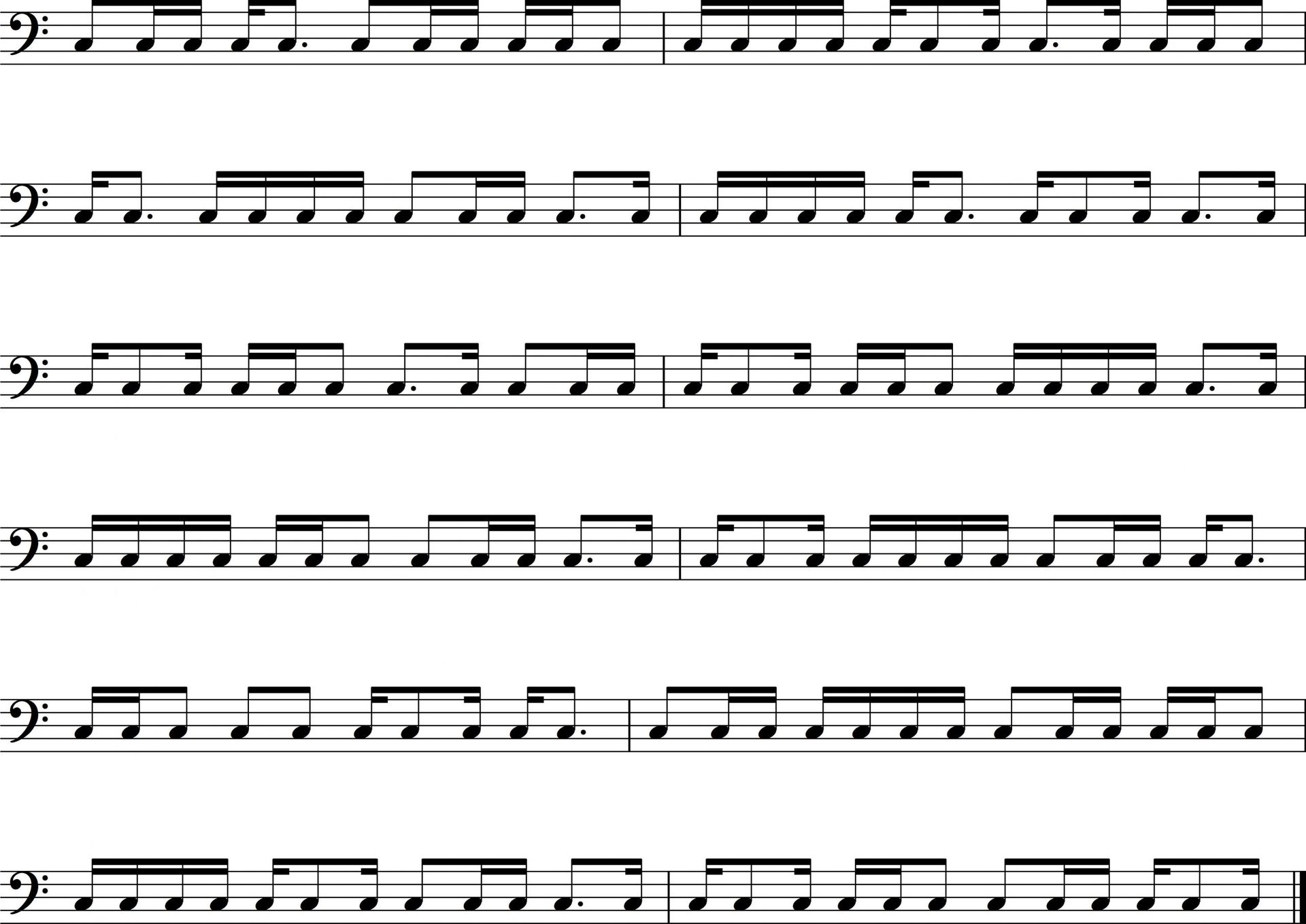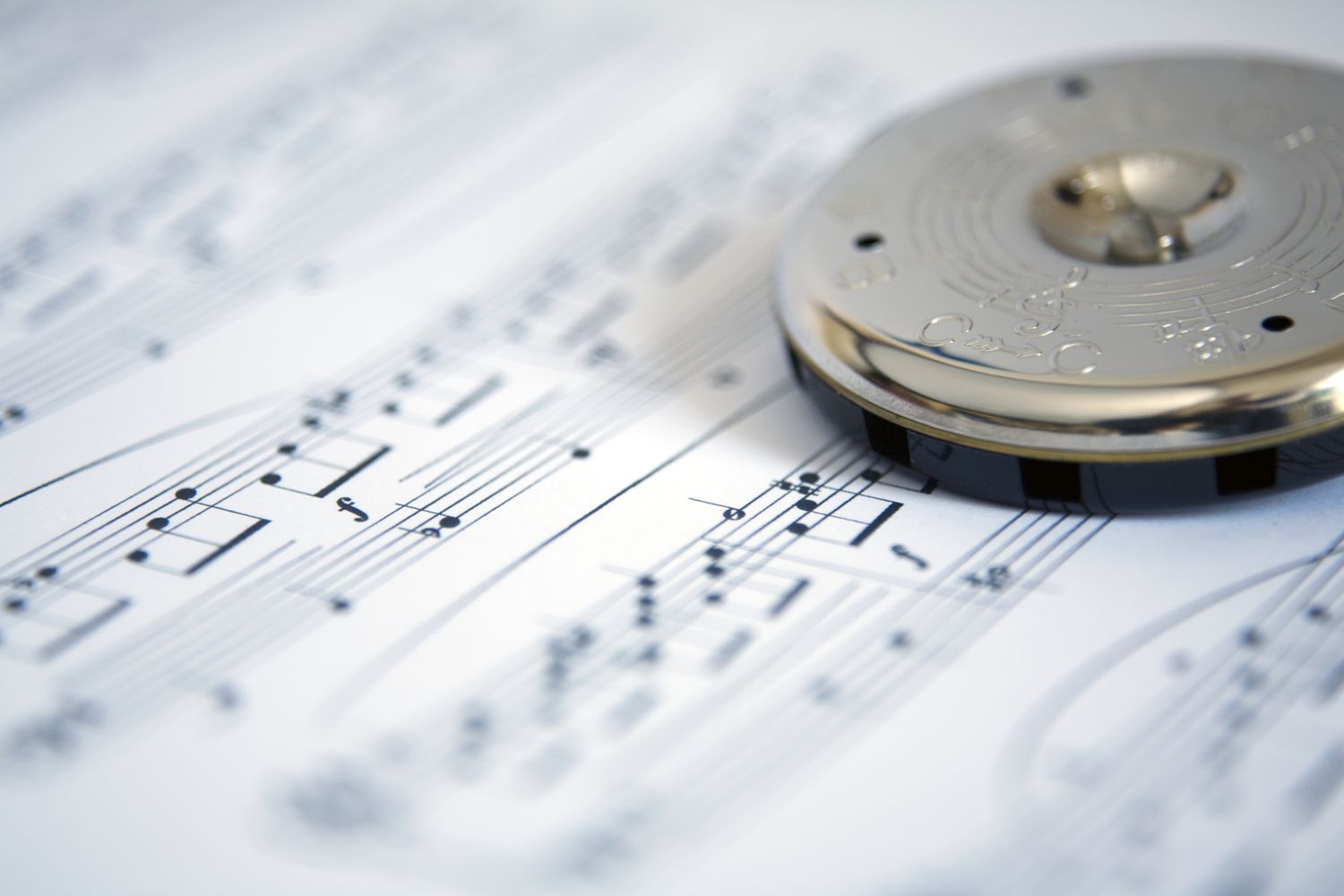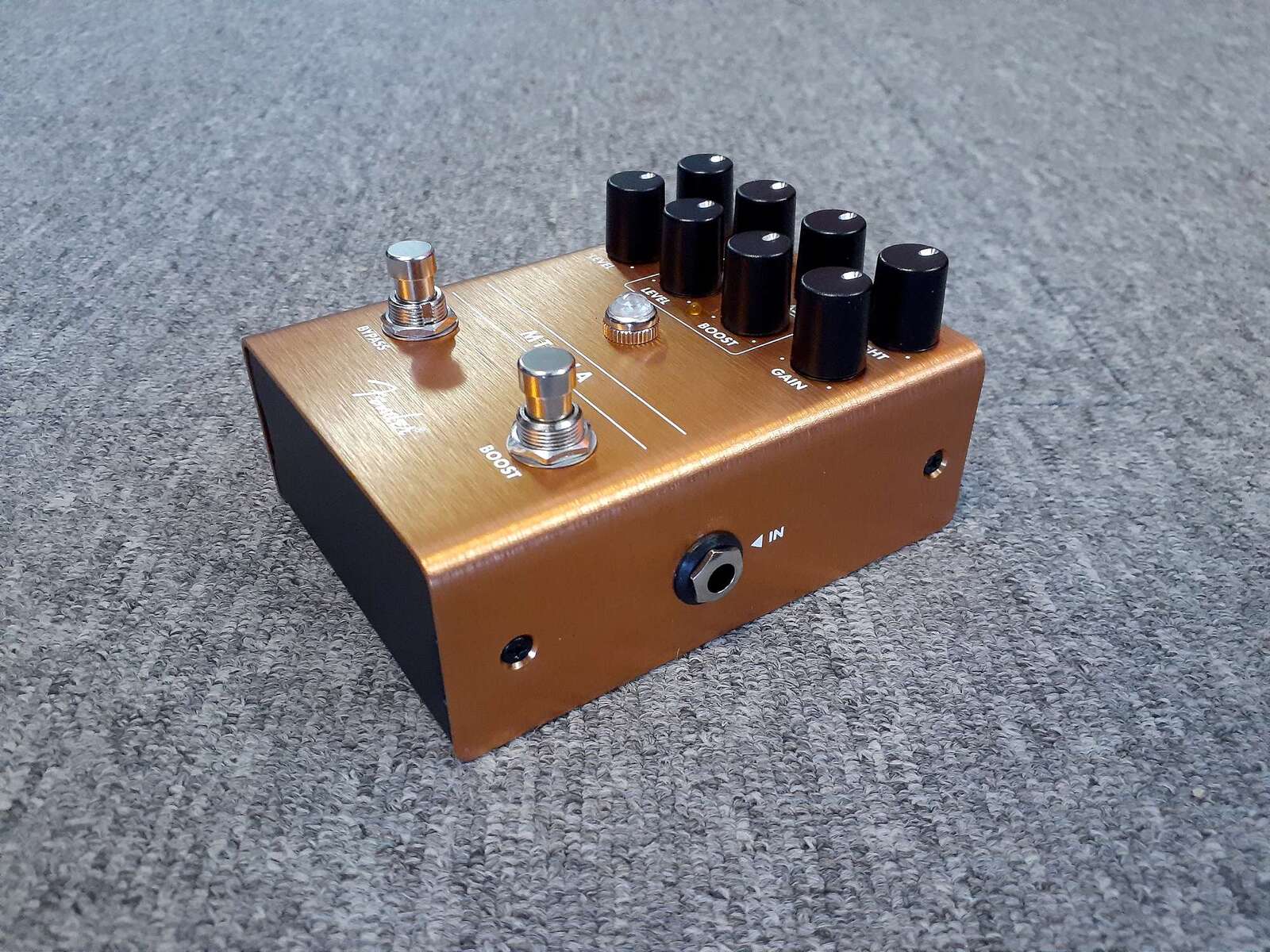Home>Events & Info>Note>What Is Pedal Note In Music
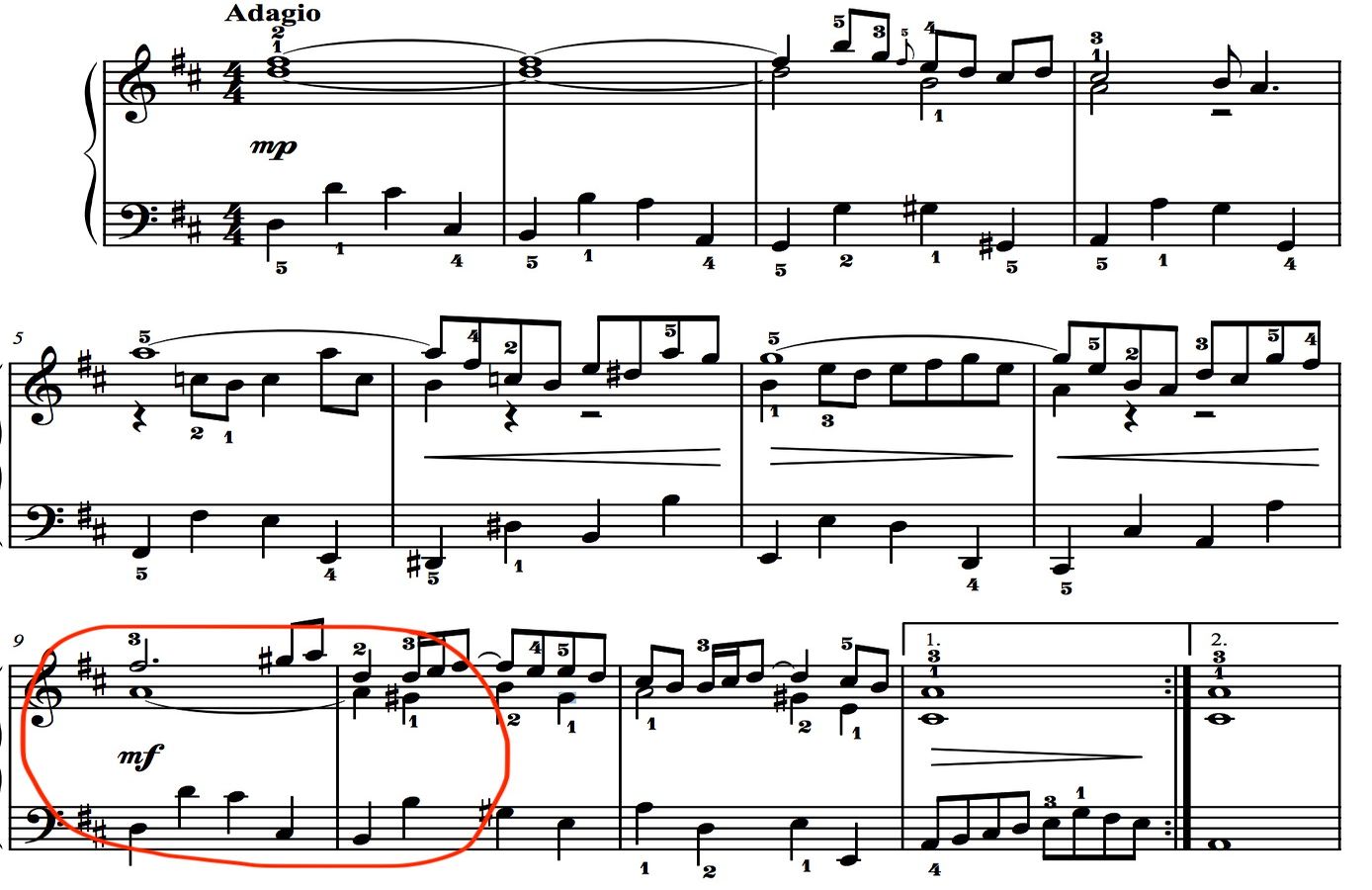

Note
What Is Pedal Note In Music
Published: December 5, 2023
Learn about pedal notes in music and how they add depth and resonance to compositions. Discover the significance of this musical technique with our comprehensive guide.
(Many of the links in this article redirect to a specific reviewed product. Your purchase of these products through affiliate links helps to generate commission for AudioLover.com, at no extra cost. Learn more)
Table of Contents
Introduction
In the realm of music, certain techniques and elements have the power to captivate and resonate with listeners in profound ways. One such element is the use of a pedal note. A pedal note, also known as a pedal tone or a pedal point, is a sustained or repeated long pitch that provides a stable foundation amidst changing harmonies and melodies.
Imagine a guitarist playing a deep, resonant low E string while other musicians engage in a flurry of complex chords and melodies. The constant presence of this E note creates a sense of stability and adds depth to the overall sound. This is the essence of a pedal note.
Throughout the centuries, countless composers and musicians have harnessed the power of pedal notes to enhance their compositions. From classical music to jazz to rock, pedal notes have found their way into a wide variety of genres, adding richness and complexity to the musical landscape.
In this article, we will explore the concept of pedal notes in music, their definition, role, techniques for using them, and examples of their application in different music genres. Whether you are an aspiring musician, a music lover, or simply curious about the inner workings of music, this article will shed light on the fascinating world of pedal notes.
Definition of Pedal Note
A pedal note, also known as a pedal tone or a pedal point, is a sustained or repeated pitch in music that serves as a harmonic anchor or point of stability. It is a single note, typically played on a lower register of an instrument, and is held or repeated while the harmonies and melodies above it change.
The term “pedal” in music originally refers to the pedal keyboard of the organ, which is played by the feet. The sustained low notes played on the pedal keyboard solidify the foundation of the music and provide a steadfast reference point amidst the complexities of the other voices. This concept was later adopted and adapted across various instruments and musical genres.
One of the key characteristics of a pedal note is its sustained duration. It is typically held for an extended period, sometimes lasting several measures or even longer. This sustained duration ensures its prominence and allows it to have a profound impact on the overall sound of the composition.
Another defining feature of a pedal note is its ability to create tension and release. As the harmony and melody above the pedal note progress, dissonances and tensions may arise. However, when these dissonances eventually resolve and align with the pedal note, there is a sense of resolution and stability. This contrast between tension and resolution adds depth and emotional impact to the music.
Pedal notes can be found across a wide range of musical styles and instruments. They can be played on organ, piano, guitar, bass, or even produced electronically. While typically played on a lower register, pedal notes can also be found in higher registers, depending on the desired effect and the musical context.
In summary, a pedal note is a sustained or repeated pitch that serves as a stable reference point amidst changing harmonies and melodies. It adds depth, stability, and emotional impact to a composition, creating a captivating and captivating musical experience for both performers and listeners alike.
Role and Function of Pedal Note in Music
The pedal note plays a crucial role in the harmonic and structural framework of a piece of music. Its function goes beyond merely providing a stable foundation; it enhances the emotional impact, creates tension and release, and adds complexity to the overall composition. Here are some key roles and functions of the pedal note in music:
- Anchoring the Harmonic Progression: One of the primary functions of the pedal note is to anchor the harmonic progression. While other voices or instruments create movement and tension through changing chords, the pedal note remains constant, offering a point of reference for both performers and listeners. It acts as a guide, ensuring that the music stays rooted and grounded.
- Creating Tension and Release: Pedal notes are excellent tools for creating tension and release in music. As the harmonies move away from the pedal note, dissonant intervals and chords arise, introducing a sense of tension. When the dissonance resolves back to consonance by aligning with the pedal note, there is a satisfying release of tension. This interplay between tension and release adds emotional depth and drama to the music.
- Providing Structural Unity: Incorporating a pedal note can help establish a sense of structural unity within a composition. By returning to the pedal note, either temporarily or at the end of a section, the music gains cohesion and a clear sense of direction. It serves as a musical landmark that unifies the various sections and keeps the composition cohesive.
- Adding Richness and Complexity: Pedal notes can add richness and complexity to the overall sound of a piece. By providing a sustained or repeated low pitch, they fill out the harmonic spectrum and create a fuller, more layered texture. This can be particularly effective in creating contrast and highlighting the dynamic range of a composition.
- Setting the Mood: Pedal notes can contribute significantly to setting the mood and atmosphere of a piece. Depending on the musical context, a pedal note can create a sense of mystery, solemnity, anticipation, or even tension. The sustained presence of a single pitch can evoke powerful emotions and shape the overall aesthetic of the composition.
Overall, the pedal note serves as a fundamental element in music, providing stability, tension, and structural integrity. Its versatile roles and functions make it a powerful tool for composers and musicians to enhance the emotional impact and intricacy of their compositions.
Techniques for Using Pedal Notes
Utilizing pedal notes effectively requires careful consideration and thoughtful application. Here are some techniques that composers and musicians employ when incorporating pedal notes into their compositions:
- Pedal Point: This technique involves using a pedal note as a central point of stability while the harmonies and melodies above it change. The pedal note remains constant for an extended period, creating a captivating contrast between the moving voices and the static foundation. Composers often use this technique to build tension and provide a sense of resolution when the harmonies align with the pedal note.
- Pedal Dissonance: Adding dissonances against the pedal note can create a compelling sense of tension and harmonic interest. By using dissonant intervals or chords that clash with the pedal note, composers generate a fascinating sonic dynamic. The dissonances are then skillfully resolved, aligning with the pedal note to release the tension and create a satisfying resolution.
- Pedal Combined with Melodic Motion: In this technique, the pedal note is combined with a melodic line that moves independently from the harmonies. This creates an intricate interplay between the static pedal note and the dynamic melodic line, adding complexity and depth to the composition. Composers can choose to have the melodic line harmonize with the pedal note or create melodic tension by contrasting it against the harmonic progression.
- Pedal Layering: Pedal layering involves utilizing multiple pedal notes simultaneously. This technique allows for the creation of intricate harmonies and textures. Composers can experiment with different intervals and combinations to achieve unique and mesmerizing effects. Pedal layering is particularly prominent in genres such as organ music, where the multiple keyboard manuals offer vast opportunities for pedal note exploration.
- Pedal Swells: Pedal swells refer to gradually increasing or decreasing the volume or intensity of the pedal note. This technique adds a dynamic and expressive quality to the music. Composers can employ pedal swells to accentuate certain passages, create dramatic effects, or transition between different sections of the composition smoothly.
These techniques are only a few examples of the many ways pedal notes can be utilized. Composers and musicians are encouraged to explore and experiment with different approaches to create their unique musical expressions. By mastering these techniques, artists can fully harness the power and versatility of pedal notes.
Examples of Pedal Notes in Different Music Genres
Pedal notes can be found across a wide range of music genres, each utilizing them in unique and impactful ways. Here are some examples of how pedal notes are used in different genres:
- Classical Music: In classical music, pedal notes are often employed to create a sense of stability and structural integrity. They can be found in various forms, such as the sustained low notes in the bass of a fugue, acting as a foundation for the intricate counterpoint. Composers like Johann Sebastian Bach frequently incorporated pedal notes in their organ compositions to establish a solid harmonic base.
- Jazz: Jazz musicians often use pedal notes to add depth and color to their improvisations. The pedal note can be sustained or repeated, providing a steady foundation while the soloist explores intricate melodic ideas. In jazz ballads, the bass player may maintain a sustained pedal note while other instrumentalists create lush harmonies and improvisations on top.
- Rock and Pop: Pedal notes are commonly heard in rock and pop music, contributing to the driving rhythm and intense energy of the genre. In rock guitar playing, power chords played with a repeated pedal note on the bass strings form the backbone of many iconic riffs. Bass players often utilize sustained pedal notes to create a solid and powerful foundation for the band’s sound.
- Film Scores: Pedal notes play a significant role in enhancing the emotional impact of film scores. Composers use sustained pedal notes to create tension and anticipation during suspenseful moments or to establish an underlying mood. The consistent presence of a pedal note can evoke a sense of foreboding, add drama to action sequences, or heighten the poignancy of a poignant scene.
- Electronic Music: In the realm of electronic music, pedal notes take on a new form. They can be produced using synthesizers, drum machines, or other electronic instruments. Electronic musicians often manipulate the pedal notes by applying effects such as filters, delays, and modulations to create evolving and immersive soundscapes.
These examples represent just a small fraction of the diverse range of music genres that incorporate pedal notes. From classical to jazz, rock to film scores, and electronic music, pedal notes add a unique sonic element and contribute to the overall impact and emotional depth of the music.
Famous Compositions That Utilize Pedal Notes
Throughout the history of music, numerous famous compositions have showcased the power and beauty of pedal notes. These pieces demonstrate the diverse ways in which pedal notes can be incorporated to create memorable and impactful musical experiences. Here are a few examples:
- Johann Sebastian Bach – Toccata and Fugue in D minor: This iconic organ composition by Bach features a prominent pedal note in the opening section. The sustained low D note serves as a foundational drone while the intricate melody and ornamentation unfold above it. The pedal note adds a sense of grandeur and gravitas to this famous piece.
- Ludwig van Beethoven – Symphony No. 5: Beethoven’s Symphony No. 5 is renowned for its powerful and memorable motifs. In the first movement, the famous four-note motif is accompanied by a recurring pedal note in the cellos and basses. This pedal note provides a steady foundation and amplifies the dramatic impact of the motif, contributing to the symphony’s intensity and emotional depth.
- Pink Floyd – “Money”: In this classic rock song, Pink Floyd incorporates a pedal note played on a bass guitar. The sustained low note creates a hypnotic and rhythmic foundation that carries throughout the song, providing a distinctive groove and adding to the infectious energy of the music.
- J.S. Bach – Cello Suite No. 1: In the prelude of Bach’s Cello Suite No. 1, a pedal note is maintained throughout the piece by repeating the open G string of the cello. This pedal note gives a sense of grounding and stability while the melody and arpeggiated chords illuminate the cello’s rich sonority, showcasing the beauty of the instrument.
- Hans Zimmer – “Time” (from the Inception soundtrack): Renowned film composer Hans Zimmer skillfully uses pedal notes in the track “Time” from the Inception soundtrack. The sustained pedal note played on the piano creates a sense of timelessness and tension, complementing the film’s dream-like narrative. As the music builds, the pedal note intensifies, heightening the emotional impact of the composition.
These compositions represent a small selection of the countless examples that highlight the versatility and impact of pedal notes in various genres. Whether it’s in the profound works of classical masters like Bach and Beethoven or the captivating sounds of modern rock and film scores, pedal notes continue to leave an indelible mark on the world of music.
Conclusion
Throughout the world of music, pedal notes have proven to be a powerful and versatile tool for composers and musicians. These sustained or repeated pitches serve as the foundation for harmonies and melodies, providing stability, tension, and complexity to compositions across a wide range of genres.
From the classical works of Bach and Beethoven to the vibrant sounds of jazz, rock, and electronic music, pedal notes have left an indelible mark on countless famous compositions. They anchor the harmonic progression, create tension and release, establish structural unity, add richness and complexity, and set the overall mood and atmosphere.
By exploring techniques such as pedal points, pedal dissonance, pedal layering, and pedal swells, composers and musicians can leverage the full potential of pedal notes. These techniques allow for the creation of captivating and emotionally engaging musical experiences.
As you delve into the world of music, take note of the pedal notes used in your favorite compositions. Pay attention to how they enhance the overall sound, contribute to the emotional impact, and create a sense of harmony and stability amidst the changing melodies and harmonies.
Whether you’re a performer or a listener, understanding the role and function of pedal notes can deepen your appreciation for music and offer new insights into the creative process. So, allow pedal notes to take you on a captivating journey as you explore the vast and diverse landscape of music.

